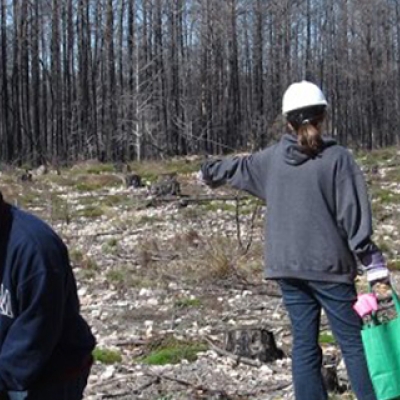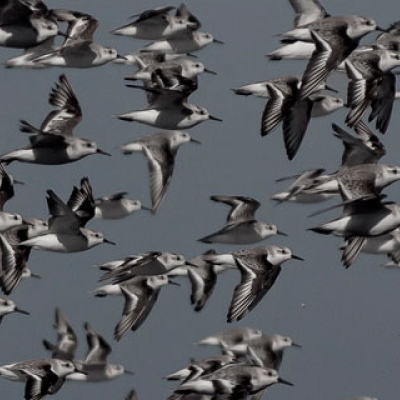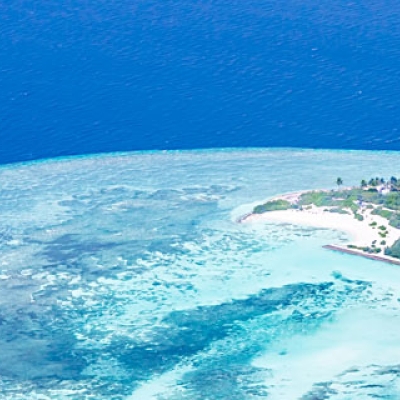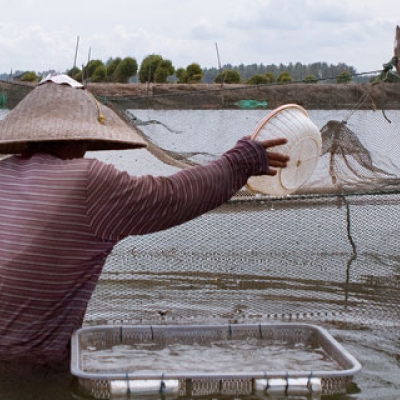The role of mangroves as vital nursery habitat for fish is nowhere more evident than in the tiny island of Bimini, off the coast of Florida. Female lemon sharks come to the sheltered lagoon waters to give birth, and the pups live amongst the tangled roots of mangroves, safe from the attention of predators, until they are about three feet long and have a better chance of survival in the open sea. A long-term research program in Bimini is revealing just how important mangroves are in the lives of these sharks, and I turned up right in the middle of the annual population census.










